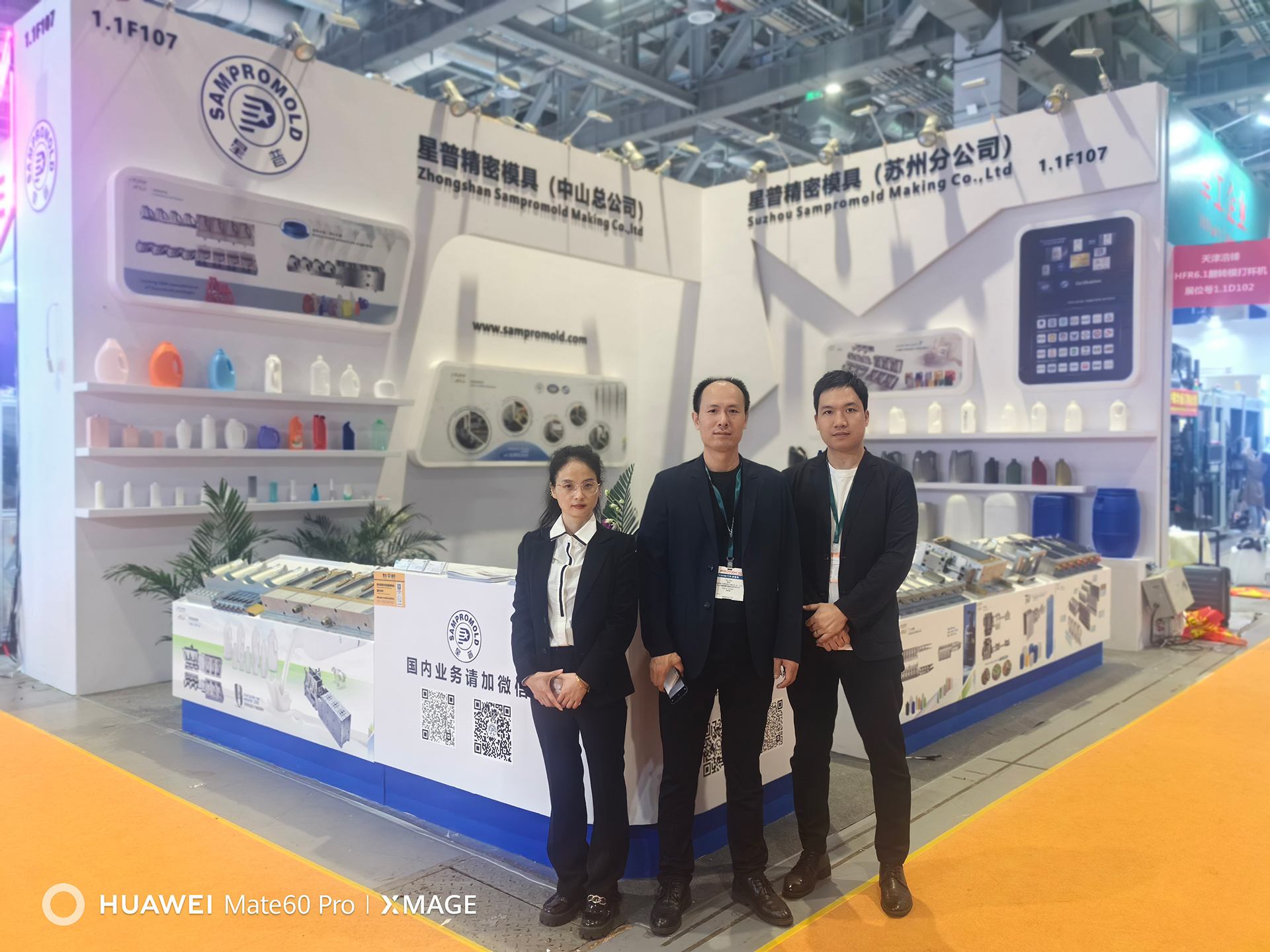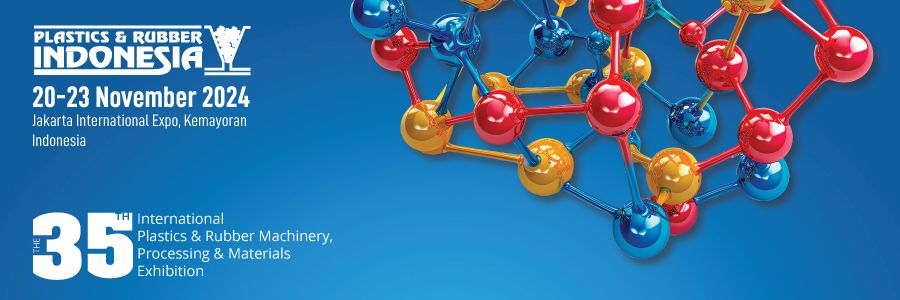Unveiling the Secrets: How Famous Blow Mold Tanks Revolutionize Plastic Manufacturing
Time:
2025-05-27
Unveiling the Secrets: How Famous Blow Mold Tanks Revolutionize Plastic Manufacturing
Table of Contents
- Introduction to Blow Mold Tanks
- What Is Blow Molding?
- The History of Blow Molding Technology
- Types of Blow Molding Processes
- The Role of Blow Mold Tanks in Production
- Benefits of Using Blow Mold Tanks in Plastic Manufacturing
- Applications of Blow Mold Tanks in Various Industries
- The Future of Blow Molding Technology
- Conclusion
- Frequently Asked Questions
Introduction to Blow Mold Tanks
Blow mold tanks have emerged as essential components in the plastic manufacturing industry, particularly in the production of hollow plastic objects. With advancements in technology and engineering, these tanks have revolutionized traditional manufacturing processes, making them more efficient and cost-effective. In this article, we will explore the intricacies of blow mold tanks, their processes, and their applications, revealing how they are changing the landscape of plastic manufacturing.
What Is Blow Molding?
Blow molding is a manufacturing process used to create hollow plastic items. The process involves heating a plastic material until it becomes malleable, then forming it into a specific shape using air pressure. The primary types of blow molding are extrusion blow molding, injection blow molding, and stretch blow molding, each with distinct processes and applications.
Extrusion Blow Molding
In extrusion blow molding, plastic is extruded into a parison, a tube-like structure. Air is then blown into the parison to expand it against a mold, taking on its shape. This method is widely used for producing bottles and containers.
Injection Blow Molding
Injection blow molding combines injection molding and blow molding. A preform is created using injection molding, which is subsequently inflated in a mold. This process is ideal for producing intricate designs and high-precision items.
Stretch Blow Molding
Stretch blow molding is used primarily for producing PET (polyethylene terephthalate) bottles. This method stretches the preform both axially and radially during the blow molding process, increasing the strength and clarity of the final product.
The History of Blow Molding Technology
The origins of blow molding date back to the early 20th century when glassblowers utilized similar techniques to create hollow glass objects. The advent of synthetic plastics in the 1940s paved the way for the development of blow molding technology tailored for plastics. Over the decades, advancements in machinery and materials have significantly enhanced the efficiency and capabilities of blow molding processes, leading to the creation of modern blow mold tanks.
Types of Blow Molding Processes
Each blow molding process serves a unique purpose and is suited for specific applications. Understanding these processes is crucial for manufacturers looking to optimize their production capabilities.
Extrusion Blow Molding
This method is widely used for creating large containers, such as drums and tanks, due to its ability to produce items with uniform wall thickness. The flexibility in design also allows for customization, catering to various industry needs.
Injection Blow Molding
Injection blow molding is preferred for producing small to medium-sized items that require high precision. This process is commonly used for medical devices, cosmetic containers, and food packaging.
Stretch Blow Molding
Stretch blow molding is primarily used for creating lightweight, durable bottles, especially in the beverage industry. The strength and clarity of the final product make it a popular choice among manufacturers.
The Role of Blow Mold Tanks in Production
Blow mold tanks are crucial in maintaining the efficiency of the blow molding process. These tanks serve multiple functions, including heating the plastic material, storing it under pressure, and facilitating the shaping of the final product.
Heating and Melting
The initial phase of blow molding involves heating the plastic pellets until they reach a molten state. Blow mold tanks are designed to provide consistent heating, ensuring uniform melting of the material.
Storage and Pressure Management
Once the plastic is melted, it is transferred to the blow mold tank, where it is stored under controlled pressure. This step is vital for maintaining the integrity of the blow molding process, as consistent pressure ensures proper expansion and formation of the product.
Molding and Cooling
After the plastic is shaped using air pressure, it must cool before being removed from the mold. Blow mold tanks are equipped with cooling systems that help expedite this process, increasing production efficiency.
Benefits of Using Blow Mold Tanks in Plastic Manufacturing
The integration of blow mold tanks into manufacturing processes offers numerous advantages that can significantly enhance production capabilities.
Increased Efficiency
Blow mold tanks streamline the production process by providing controlled heating and pressure management. This results in faster cycle times, allowing manufacturers to produce more items in less time.
Cost-Effectiveness
By optimizing the blow molding process, blow mold tanks reduce material waste and energy consumption, leading to overall cost savings. Manufacturers can achieve higher profit margins while maintaining product quality.
Enhanced Product Quality
The precision and consistency provided by blow mold tanks result in higher quality products. This is particularly important in industries where product integrity is critical, such as food and beverage packaging.
Versatility and Customization
Blow mold tanks can be adapted for various production needs, allowing manufacturers to create a wide range of products. This versatility enables companies to cater to diverse markets and consumer demands.
Applications of Blow Mold Tanks in Various Industries
Blow mold tanks find applications across multiple industries, underscoring their significance in modern manufacturing.
Food and Beverage Industry
The food and beverage sector relies heavily on blow molding for packaging. Blow mold tanks facilitate the production of durable and lightweight containers that meet safety and quality standards.
Cosmetics and Personal Care
In the cosmetics industry, blow mold tanks are utilized to create intricate bottles and containers for products. The precision offered by injection blow molding enhances brand aesthetics and consumer appeal.
Automotive Sector
Blow mold tanks are employed to manufacture components such as fuel tanks and air ducts. The strength and durability of blow-molded parts make them ideal for automotive applications.
Healthcare
The healthcare industry benefits from blow molding technology by producing medical devices and packaging that require stringent quality control. Blow mold tanks help maintain the integrity of these critical items.
The Future of Blow Molding Technology
As technology continues to advance, the future of blow molding looks promising. Innovations in materials, automation, and smart manufacturing processes are likely to enhance the capabilities of blow mold tanks and improve production efficiency.
Smart Manufacturing
The integration of IoT (Internet of Things) technology into blow mold tanks will enable real-time monitoring and data analytics. This advancement allows manufacturers to optimize processes and troubleshoot issues proactively.
Sustainable Practices
With the growing emphasis on sustainability, the future of blow molding will likely see an increased focus on using recycled materials and reducing energy consumption. Blow mold tanks will play a crucial role in facilitating these environmentally friendly practices.
Conclusion
Blow mold tanks have undeniably transformed the landscape of plastic manufacturing. Their efficiency, versatility, and ability to produce high-quality products make them indispensable in various industries. As we look to the future, the continued advancements in blow molding technology promise even greater improvements in production processes, sustainability, and product innovation. Embracing these technologies will empower manufacturers to meet the evolving demands of consumers and maintain their competitive edge in the market.
Frequently Asked Questions
1. What are blow mold tanks used for?
Blow mold tanks are used in the plastic manufacturing process to heat, store, and shape plastic materials into hollow objects.
2. How does blow molding differ from other plastic manufacturing processes?
Blow molding specifically creates hollow plastic items using air pressure, while other processes like injection molding and extrusion molding focus on solid shapes.
3. What industries benefit most from blow mold tanks?
Industries such as food and beverage, cosmetics, automotive, and healthcare benefit significantly from blow mold tanks.
4. Are blow mold tanks environmentally friendly?
Yes, advancements in blow molding technology focus on sustainability, including the use of recycled materials and energy-efficient processes.
5. What is the future of blow molding technology?
The future includes innovations in smart manufacturing, increased sustainability, and enhanced production efficiency through advanced automation and IoT integration.
RELATED NEWS












